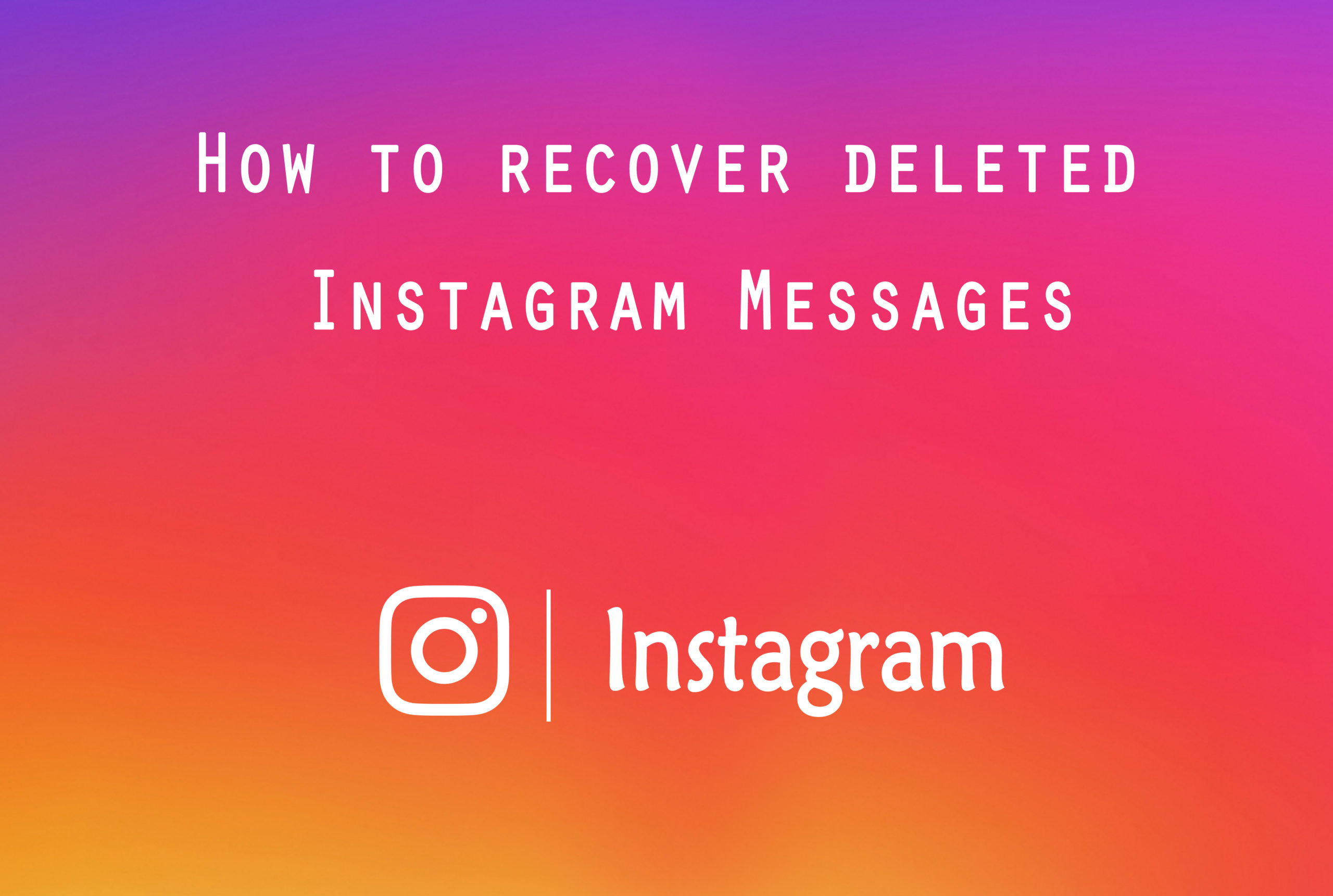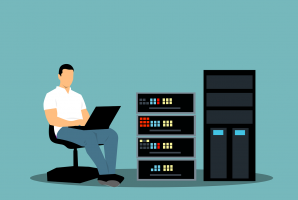I am so done with people reacting to WordPress as just another blogging platform. By powering 30% of the website over the internet, the CMS has succeeded in overcoming the misconception that traditionally belies it. Which also makes securing the webpage a considerable matter of concern.
After enjoying worldwide adoration and popularity, WordPress is often being targeted by malicious hacker’s day in day out. Not all hackers wish to mess with the website owner, so they come up with small pranks like stealing your customer’s crucial information. In such cases, protecting your WordPress page and its reputation is the best thing to do, but the question is how?
According to me, one of the common reasons why hackers prefer WordPress site is because of its easy access to an email list-especially in regards to newsletters and promotions. Anyone can get his or her hands on your email list and send them spam messages. Out of 10, chances are there that at least five might respond, and that’s it! As a result, hacking credit card information becomes easier.
The following post is more likely to focus on possible ways to improve your site’s security. Let’s dive into the details.
Protect Passwords
No matter how childish this might sound! Securing your password is the first and foremost way to secure your website. If the hacker cannot hack your account security won’t be a major concern anymore. Come up with a password that incorporates numbers and symbols in conjunction with letters. Now have you ever wondered why every password creating tool asks you to add numbers and symbols? It is because numbers and symbols tend to make a password a lot harder to crack, as it adds a lot more variables to the overall mix.
Suggested:
How to secure your WordPress site?
Limit Login Attempts
Another obvious thing to do is limit login attempts. Hackers are humans, and the best way for them to enter your site is by login in several times. In case if you set a login limitation, you can protect your site from brute-force attacks. Login Lockdown, Limit Login Attempts, WP Limit Login Attempts, etc. are some of the free and popular WordPress plugins used to limit login attempts.
Double authentication
To keep your account safe, a two-step authentication process should work wonders. It’s working is- first you need to reasonably enter your password and then pass the second level of security to access your account. Fortunately, different plugins can be used to ensure two-way authentication. As soon as you enter your password, a secret code is sent to your smartphone, and the moment you enter the secret code, you can easily access the account. Here secret questions or email verification can also be used.
Rename your login URL
Have you ever thought of changing the login URL? I suppose it is the easiest thing to do. Adding wp-login.php or wp-admin to the site’s main URL can secure your WordPress website. In general, hackers tend to brute force their way in with a direct URL. All they do is on a guesswork basis. And after you have restricted login attempts, swapped usernames for emails Id’s, the login URLs can easily be replaced and be secured from 99% of direct brute force attacks.
-
Change wp-login.php to something unique; e.g., my_new_login
-
Change /wp-admin/ to something unique; e.g. my_new_admin
-
Change /wp-login.php?action=register to something unique; e.g. my_new_registeration
SSL certificate
Transferring data between servers is another way through which a hacker kills its prey. Underestimating their capability might cost you more. I mean they are professionals, intercepting data between servers is like having a cakewalk. However, there is a way to save your company’s reputation; i.e., try using an SSL certificate. Have you heard about VPN? An SSL certificate acts quite similar. VPN is mainly used to browse the internet through a secured channel while an SSL certificate is used to transfer information between certain domains.
Keep updating the site
It is said that WordPress offers no room for improvement. Wrong! With all the new releases the CMS is found enhanced to a great extent. Lots of bugs and vulnerabilities are fixed with every new version. Also, if any malicious bug found, don’t worry as the WordPress core guys are there for you to provide a new safe version promptly. This also means, if you don’t update, you will be at risk.
Steps to update WordPress:
-
Go to your dashboards
-
Do you find a message like new version out! If yes, click update
-
And you are done!
Is there any Backup!
You will never know what will come next, so it is always safe to create a copy of all the site’s data and store it somewhere else. In case of any mishap, that copy can be restored within a couple of minutes.
A reliable WordPress plugin such as UpdraftPlus is required that offers daily backups, one-click restores, spam filtering, and a 30-day backup archive. Besides, you can always consult a reliable WordPress development company that provides high-end site creation and maintenance solutions.
Installing a firewall
A firewall in a general sense is meant to protect your computer from various online threats. If any stranger tries to connect with you, you will be asked in prior and if found anything suspicious- it will be kept away. Although, this has nothing to do with your site at least not in any direct sense. On and all, installing a firewall on your computer is still worth the risk. Tools like Norton Internet Security, Comodo, or ZoneAlarm can be used for better safety.
Final Thoughts
When you wish to safeguard your WordPress site, you will find plenty of ways. So, fret not! Simply follow these pointers mentioned above and make those pesky scam artists stay away from your prized business website. Remember this! The cost to your reputation could be extremely high than the cost of fixing your site to a safe and secure level. Plus, if once the site is hacked, it’ll take a long time to recover the lost trust from your clients.
Suggested:
How secure is WordPress?
Guide to secure your Themes and plugins code.
5 Outsourcing WordPress Development Hacks for Maximum ROI
Like this:
Like Loading...













 Why DRaaS Is Essential For Your Business?
Why DRaaS Is Essential For Your Business?
Hi Rooney,
I have been using WordPress for a while now. And it is one of best Way to share content.
Thanks for sharing.